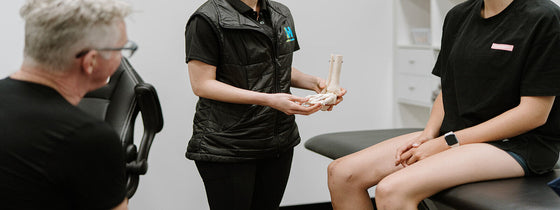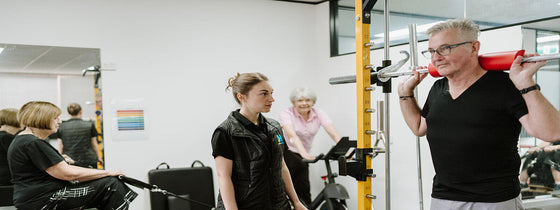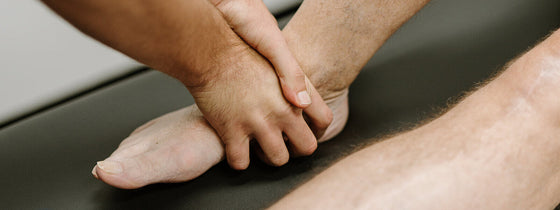2019 is here and with it comes rejuvenated plans and goals to be achieved for the year. For many people these will revolve around improving health, fitness, strength and any injuries. Having chatted to a number of people about their goals already this year, many are sharing a common goal – returning to running.
One of the biggest traps that people fall into when returning to running is trying to do too much, too soon. The temptation is to get out there, pound the pavement everyday, stomping out 5km at a time. If only it were that easy. The reality is, this is not achievable for most people!
Running places significant amounts of load upon the body. Joints, bones, ligaments and muscles are all stressed to some degree, not to mention our cardiovascular system! It is important that our running load (volume, intensity, frequency) does not exceed our body’s tissue loading capacity.
For a successful return or commencement of running it is crucial to start slow allowing your body time to build up a tolerance to the loads that running paces on the body. How slow you do start will depend on a number of factors including your baseline levels of strength, conditioning and injury history just to name a few. Starting with three times per week, allowing rest days in between runs is advisable – these runs do not need to be continuous and can incorporate some work and rest intervals.
Building up by approximately 10% in total load per week is a safe manner to ensure that the tissues are not being overstressed. Even for elite athletes who possess excellent strength, flexibility and motor control it is advisable to progress slowly. The acute loading (load of current week) compared to the chronic load (average weekly load over previous month) should not exceed 1.3 in order to minimise the risk of injury. In practicality this translates to only running an accumulated load of 5.2km in a week when you have only run 4km the week before. More than 5.2km in the second week puts you at a huge risk of an injury!
Another method to ensure a successful reintegration of running is to incorporate some strengthening exercises into your weekly routine. As mentioned previously, running is very taxing on the body and requires high levels of strength. But wont strength training make me bulky and I will run slower? Not at all – regular strength training has been shown to have positive effects on running economy, time trial performance and maximal sprint speeds.
Previously coaches and therapists have preached glutes, glutes, glutes when it comes to important muscles for running. We now understand that the requirements are much more than that. Between 6-8x body weight goes through our soleus (calf) muscles when we run and between 4-6x body weight through our quads. This highlights the importance of strengthening exercises that target the calves, thigh muscles and muscles around the hip.
So the best advice we can give you when returning to running is:
And if you do start to have pain or issues with running, don’t adhere to the outdated ‘no pain, no gain’ adage – it doesn’t work!! Seek help from a professional, like an OHL physiotherapist, podiatrist, myotherapist and/or sports therapist, who can get to the source of this pain and help you to avoid injury before it occurs! Good luck!

If you're experiencing back or neck pain with neurological signs and symptoms, a thorough neurological examination is crucial for accurate assessment and effective treatment. In this Optimal Tip learn more about what we mean by completing a neurological exam!

Squats, deadlifts, and calf raises are key movement patterns that should be part of every strength and conditioning program—regardless of age and activity level. These functional movements support joint health, improve posture and balance, and reduce the risk of injury while building strength where it matters most.

A ganglion cyst is a fluid-filled swelling that typically forms over a joint or tendon sheath, causing discomfort and pain, especially when pressing against nerves or joints. Proper assessment and treatment, including physiotherapy, are essential for managing symptoms and improving function in the presence of a ganglion in your hand, foot, or wrist.